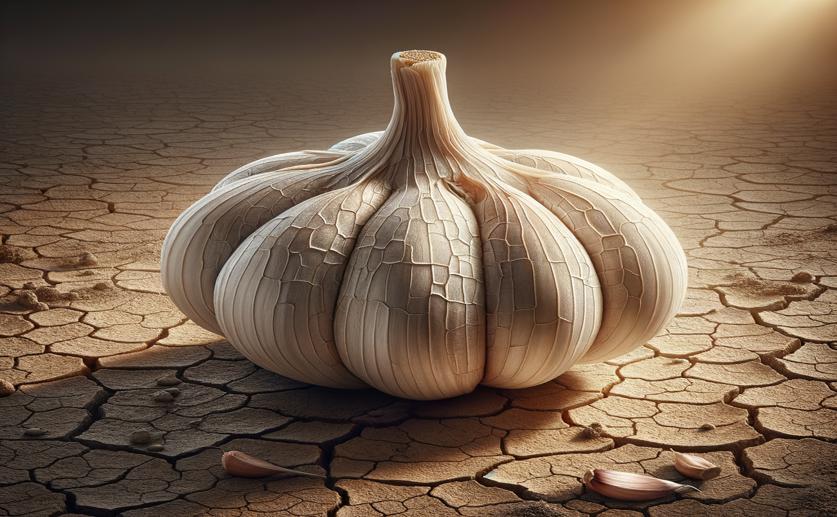
Garlic Genes Revealed: How Garlic Copes with Heat Stress
Greg Howard
11th July, 2024

Image Source: Natural Science News, 2024
Key Findings
- Researchers at the Xuzhou Institute of Agricultural Sciences studied how garlic responds to heat stress
- They found that after 2 hours of heat, 8898 genes increased and 3829 genes decreased in garlic leaves
- After 24 hours of heat, 7167 genes were upregulated and 3176 genes were downregulated
- Key genes involved in heat resistance were identified, providing insights for improving crop resilience
References
Main Study
1) Transcriptome sequencing of garlic reveals key genes related to the heat stress response.
Published 10th July, 2024
https://doi.org/10.1038/s41598-024-66786-4
Related Studies
2) A non-canonical role of ATG8 in Golgi recovery from heat stress in plants.
3) The hot science in rice research: How rice plants cope with heat stress.
4) The Plant Heat Stress Transcription Factors (HSFs): Structure, Regulation, and Function in Response to Abiotic Stresses.



 7th July, 2024 | Jim Crocker
7th July, 2024 | Jim Crocker